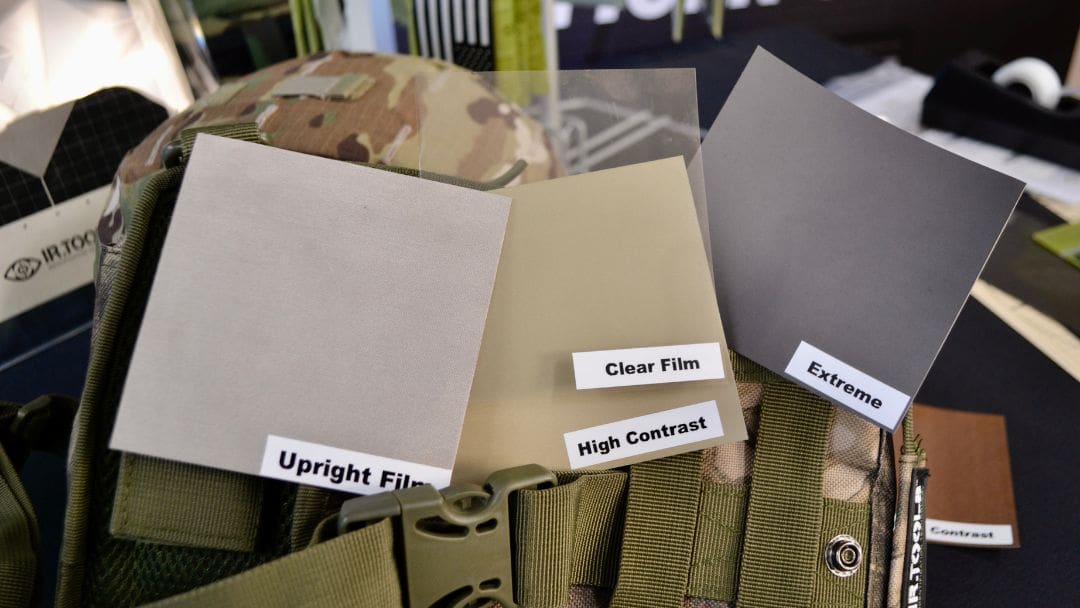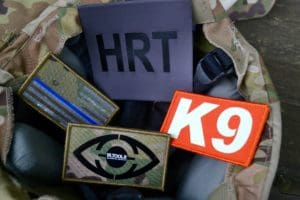View FLIR Energy with only a Thermal Device
When you hear the term infrared, what do you think of?
NIR? SWIR? FLIR?
Infrared or IR is all of these.
First of all, infrared energy is invisible. The naked eye is blind to it therefore you need an infrared device.
Infrared devices or cameras are your superman eyes because they make the invisible visible.
Unfortunately, one camera does not work for all 3 categories. NIR, SWIR, and FLIR energy depend on different technology to make them visible. Night Vision devices (NVD) see NIR. SWIR devices see SWIR and FLIR or Thermal devices view FLIR.
In this article, we focus on how FLIR energy works with a Thermal device and how Thermal film compliments this device.
FLIR Thermal Devices Capture FLIR energy
Thermal imaging devices or FLIR cameras provide the ability to view the FLIR heat energy in a scene.
Your thermal device will distinguish people, animals, and vehicles from its surroundings by sensing the different temperatures (heat) and contrasting them from one another.
Depending on the palette settings you choose to use, the scene will appear in various shades of colors. Each color represents a temperature. “White hot” or “Black hot” are the most popular palettes used.
The white/black contrast shows you the heat energy emitted from the people, animals or vehicles.
Therefore, you can watch the movement of people, animals or vehicles and locate them in reference to your location.
The downside to the contrasting scene is that the specific features of the people, animal or vehicle is difficult to identify. For instance, you can see a person wearing a jacket, but facial details and the jacket color is unknown. You will detect an animal in the bush but is it a dog or a coyote? You see a vehicle driving down Main St. but is it a police cruiser or owned by John Citizen?
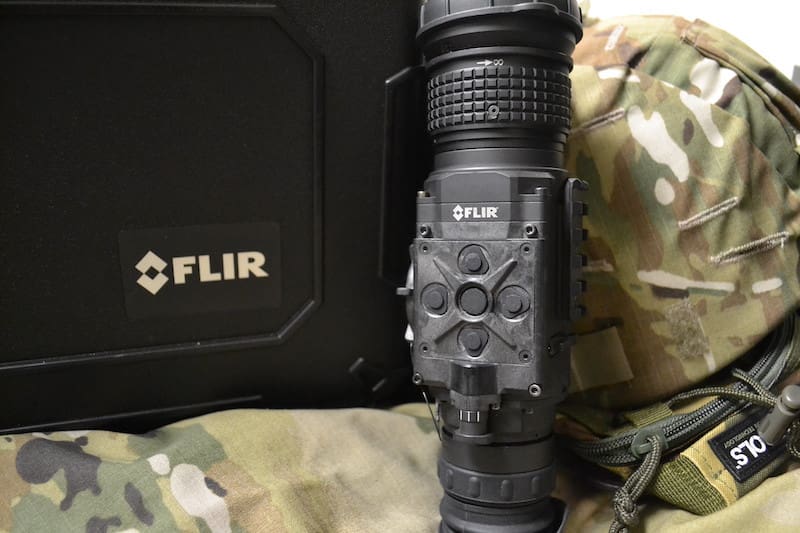
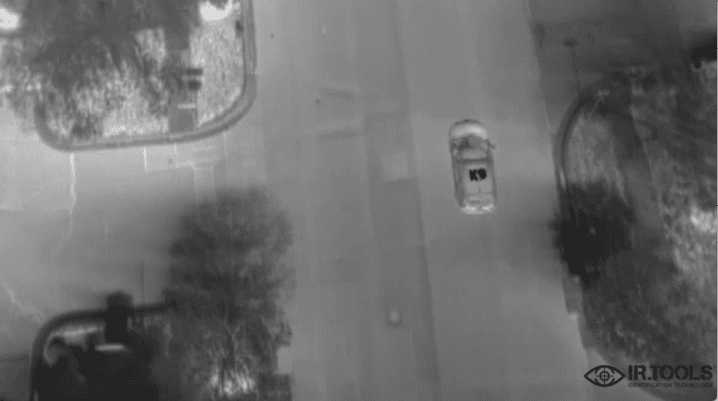
Thermal Film Bridges the Info Gap
How do you bridge the information gap between the thermal contrast and details of the scene?
Thermal film patches and markers bridge this gap.
A thermal film marker attached to the people, animals, vehicles, or landscape provides the critical information needed to successfully navigate the scene.
For example:
- A thermal patch on a K9 is detected by your thermal device indicating the animal is indeed your K9 and not a coyote.
- A thermal alpha-numeric digit on the top of a vehicle indicates the vehicle is part of your unit and is not John Citizen’s vehicle.
- A thermal patch on a person identifies the police officer from the suspect.
- A thermal marker on the ground, indicates your ground reference point for distance and location data.
In short, a thermal film marker provides HD vision for your operation.
No guessing.
The information the film provides to you leads to safer and confident decisions.
Ultimately, fewer errors results in more rescues, captures and overall operational successes.
4 Thermal Films for Safer Thermal Operations
1. Upright Thermal Film
Upright Thermal film has an emissivity of <25%.
What seperates this film from any other thermal film is the thousand thermal micro reflectors which reflect cooler temperatures from multiple angles.
This lessens the burden of finding a perfect angle or ideal conditions for a target or detection.
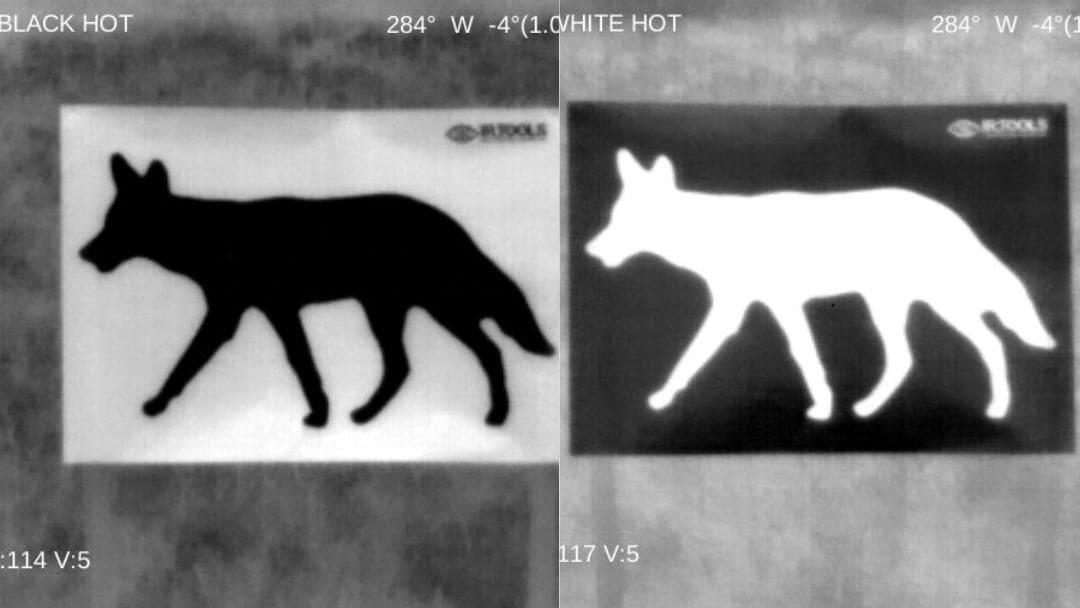
Who Uses the Film?
Everyone!
The thousands of thermal micro reflectors in this product produces an unmatched contrast that is used for shooting targets, personal identification, and various of aerial ID operations.
Sportsmen are discovering the benefits of Upright film to train with their thermal scopes. The fact the target does not have to tilt back 15º removes the frustration that comes with traditional thermal target practice. Mount, aim and shoot for precise zeroing and long distance training. In addition, upright patches attached to hats, shoulders, and gear to help distinguish each other from the hogs or predators they are hunting.
Law Enforcement is implementing Upright film in all their aerial operations with special emphasis on drone training certifications. Adopted by NIST 5-level training course to assess operators capabilities and proficiency.
Like Law Enforcement the Military is discovering the benefits of Upright film in aerial operations for identification of ground assets. In addition, the versatility of Upright for zeroing and training targets is quickly finding its place on base ranges and rucksacks.
Best Feature
#1 reason to choose this film is the ridiculously good contrast without the hassle of leaning back or tilting. Chemicals and harsh weather cause no significant reduction in performance. There is a 1-2yr. lifespan dependent on application.
1. High Contrast Thermal Film
High Contrast has an emissivity of 10-20%, which translates into the absolute best contrast image. The film pops a crisp contrast for quick identification.
This film is available in tan, green and brown.

Who Uses the Film?
The Military has deployed the High Contrast film in a vast array of applications for years. They primarily use the film for training targets, 4’ x 4’ TIP (Thermal Identification Panels) panels and identification of vehicles (tanks, humvee, jeeps).
Sportsmen are discovering the benefits of the high contrast film for zeroing their advanced scopes, hunting and personal identification. Also, hunters secure the film on themselves to prevent being shot. Hunters locate and identify each other from the hogs or predators they are hunting.
Best Feature
#1 reason to choose this film is the high contrast. You have great contrast but the film will not last forever. Chemicals and harsh weather will wear down the outer coating. Therefore, a 3-6 mo. life is a practical expectation.
2. Extreme Thermal Film
The extreme thermal film has an emissivity of 30-40%, which is slightly higher than the high contrast film. Higher emissivity results in a slightly lower contrast.
This film is built for your rough and tumble outside operations. The film is available in black.
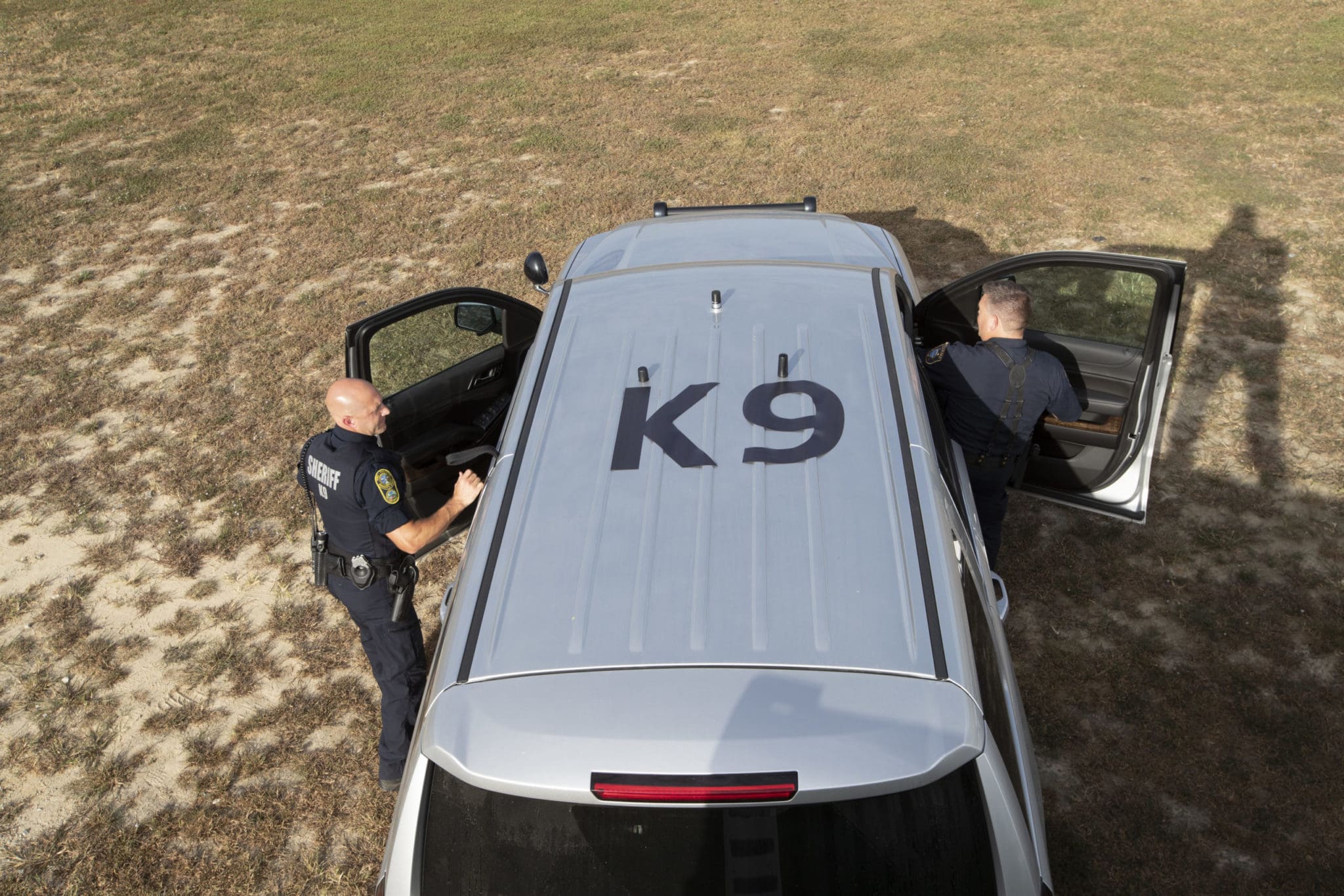
Who Uses This Film?
Law Enforcement agencies are discovering the benefits of Extreme thermal film. Police, Sheriffs, FBI, Secret Service are using this film for search and rescue, SWAT, and K9 operations. Most common uses are personnel and vehicle ID. The thermal marker is attached to a vehicle or officer for communication with UAS or Airborne units. Water patrols are successfully engaging the film also.
On the rise is the use of Extreme film for ground control points. Ground control points provide critical data such as location, behavior patterns, and safe landing zones. Research and Development facilities and University students find the film invaluable for their projects.
Best Feature
#1 reason to choose this film is the extreme durability (thus the name). Primarily for operations outside or harsh environments. Trading lower contrast for longevity is worth considering. A 3 yrs. lifetime expectation.
3. Clear Thermal Film
Clear thermal film has an emissivity of 40-50%.
This film provides half the contrast of our best film.
The clear appearance prevents naked eye detection.
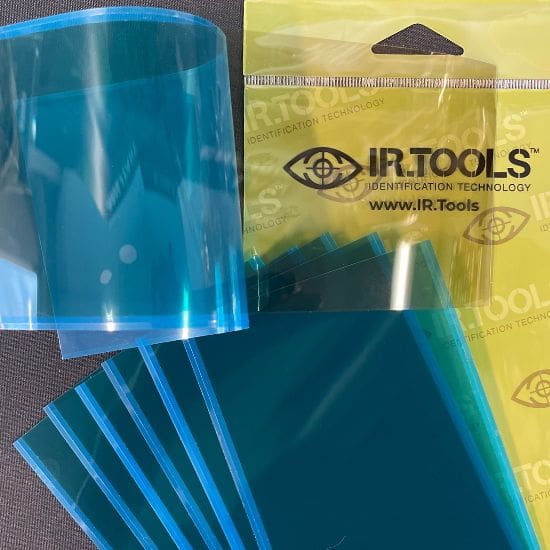
Who Uses This Film?
Law Enforcement find Clear film is best for dangerous covert undercover operations. Marking a suspect vehicle, or undercover vehicle to covertly track its movement.
Best Feature
#1 reason to choose this film is the difficulty to see with the naked eye. A vehicle or personnel is marked and goes undetected by the naked eye. A 1 year lifetime expectation.
In conclusion, infrared energy is all around us. And we have the technology to use it to our advantage.
Thermal devices working together with thermal films will prevent and solve crimes, protect soldiers and officers and save lives.
Do you need some help implementing infrared into your operation or project?
Contact me or schedule an appointment.
If I can’t answer your question, I will help you find what you are looking for.
Stay safe.
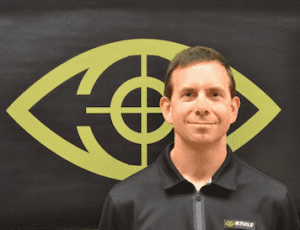
Since 2006, Tom has been the driving force behind IR.Tools, dedicated to delivering top-notch infrared solutions to the military, law enforcement, and sportsmen communities.
What began with a single infrared patch has blossomed into a comprehensive store featuring hundreds of IFF patches, vehicle IFF, an extensive suite of thermal training targets, and tools for drone pilots.
Beyond his innovative products, Tom is passionate about educating users on infrared technology and showcasing how advancements in IR can enhance their operations.
Tom holds an MS in Mechanical Engineering from the University of Maryland and an MBA from Regents University.

